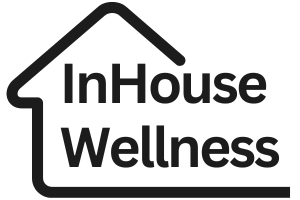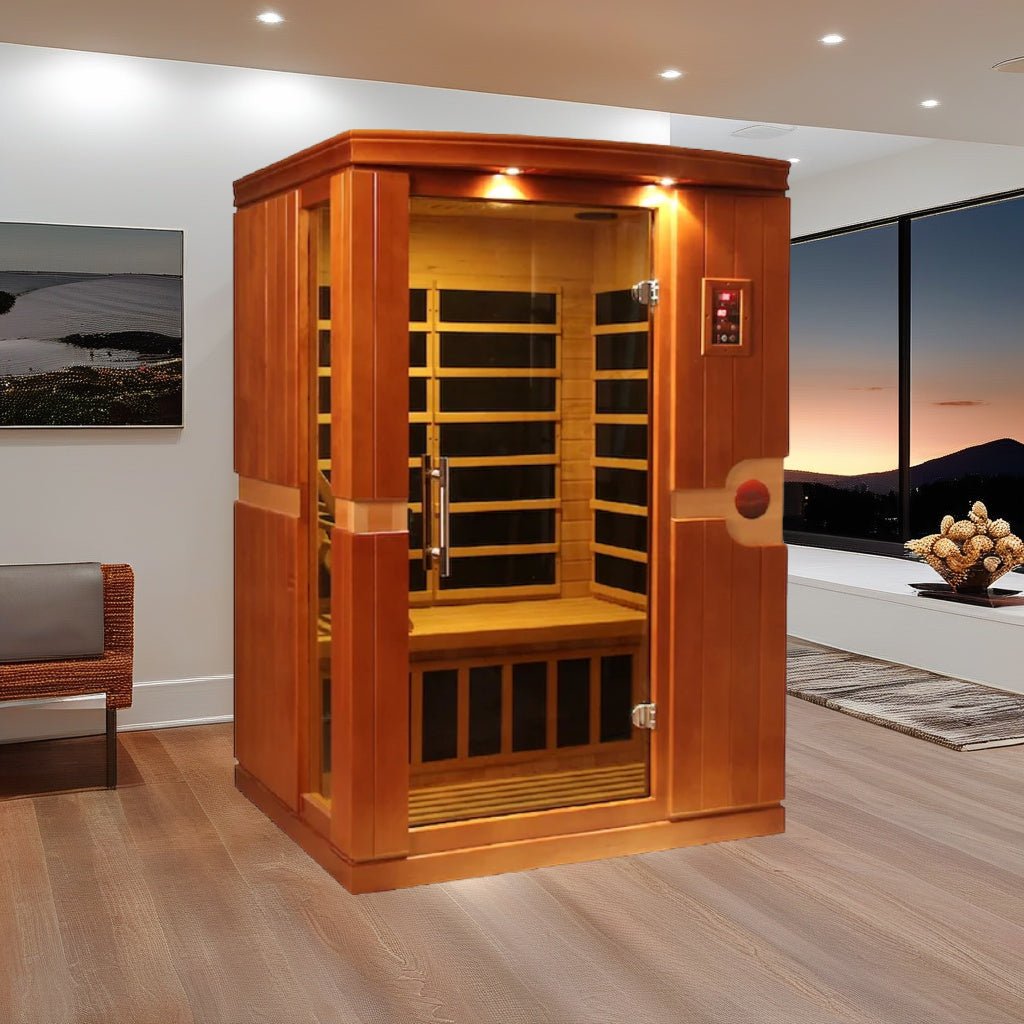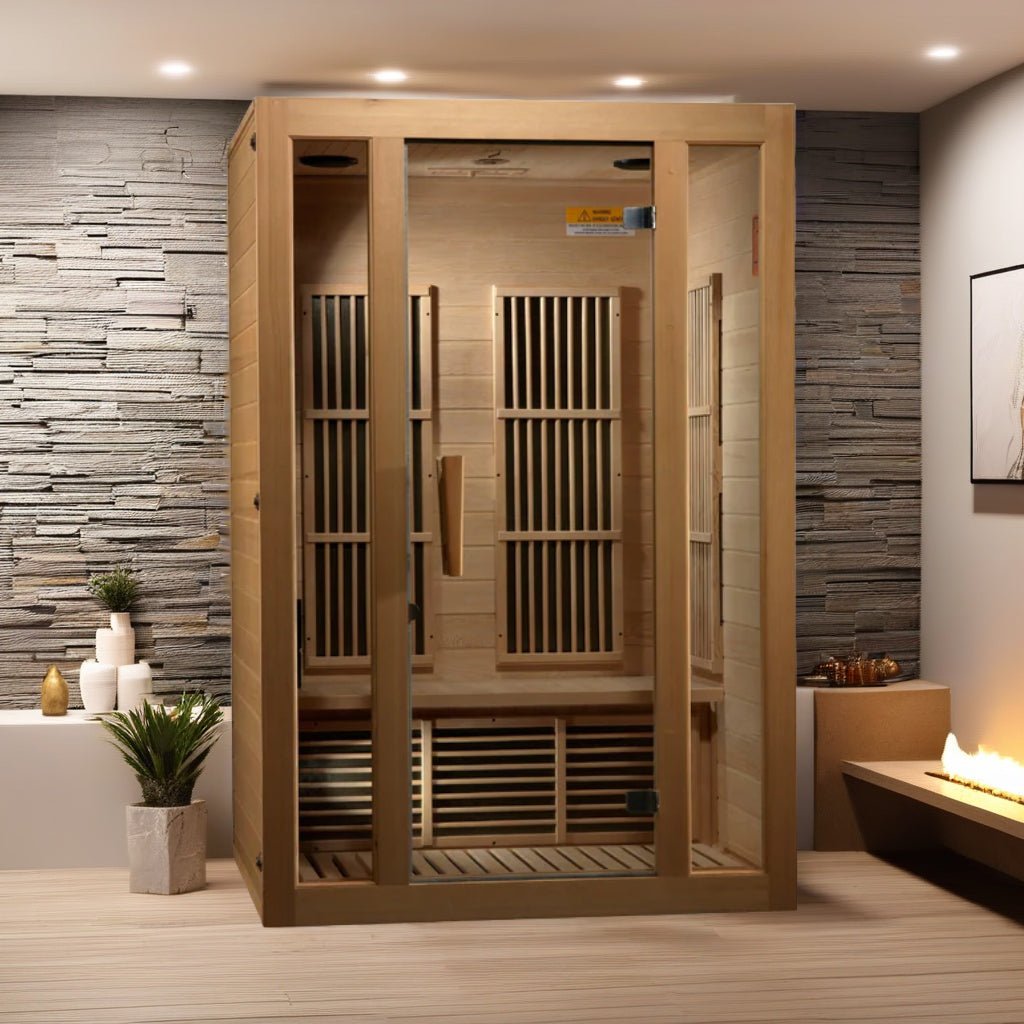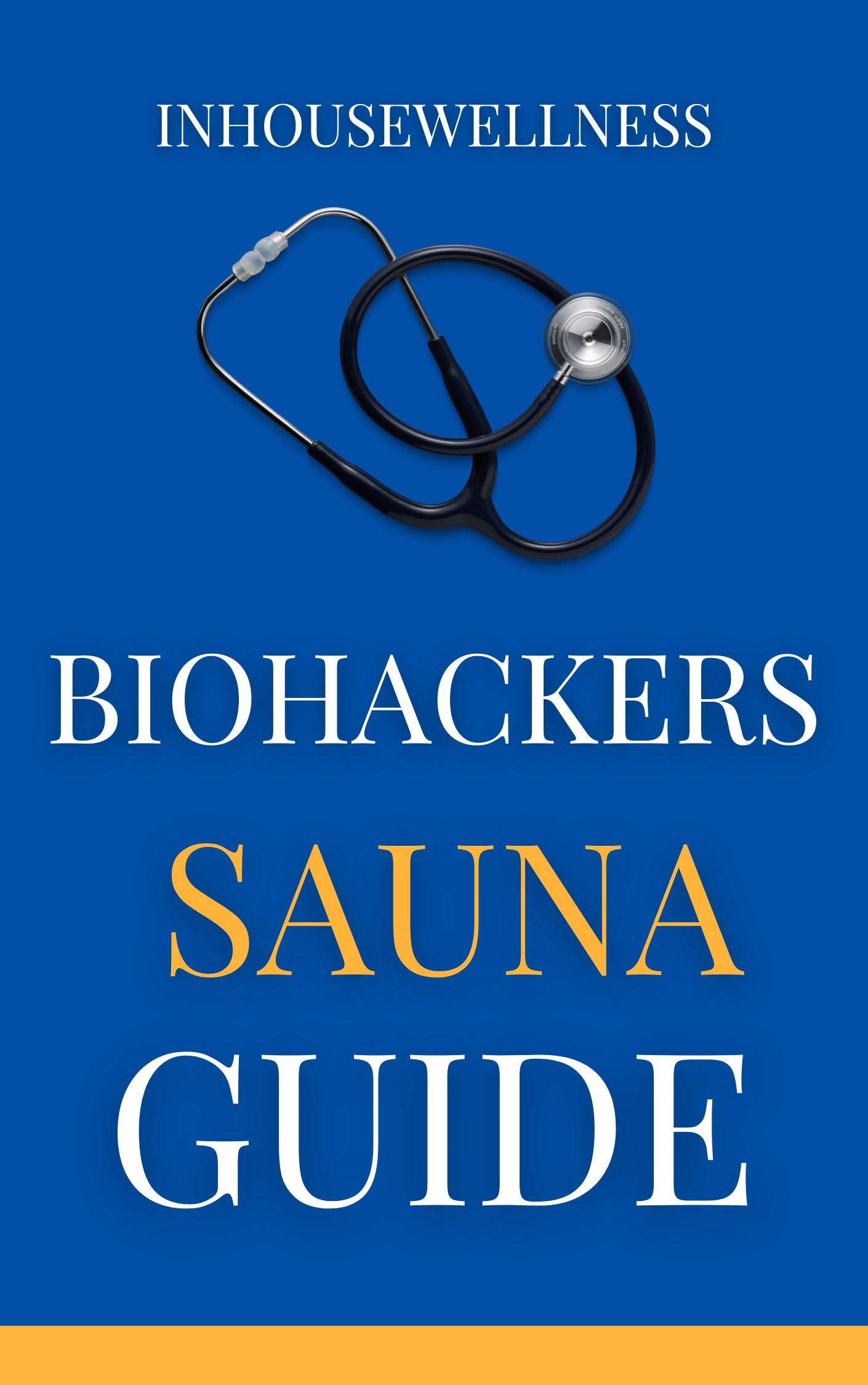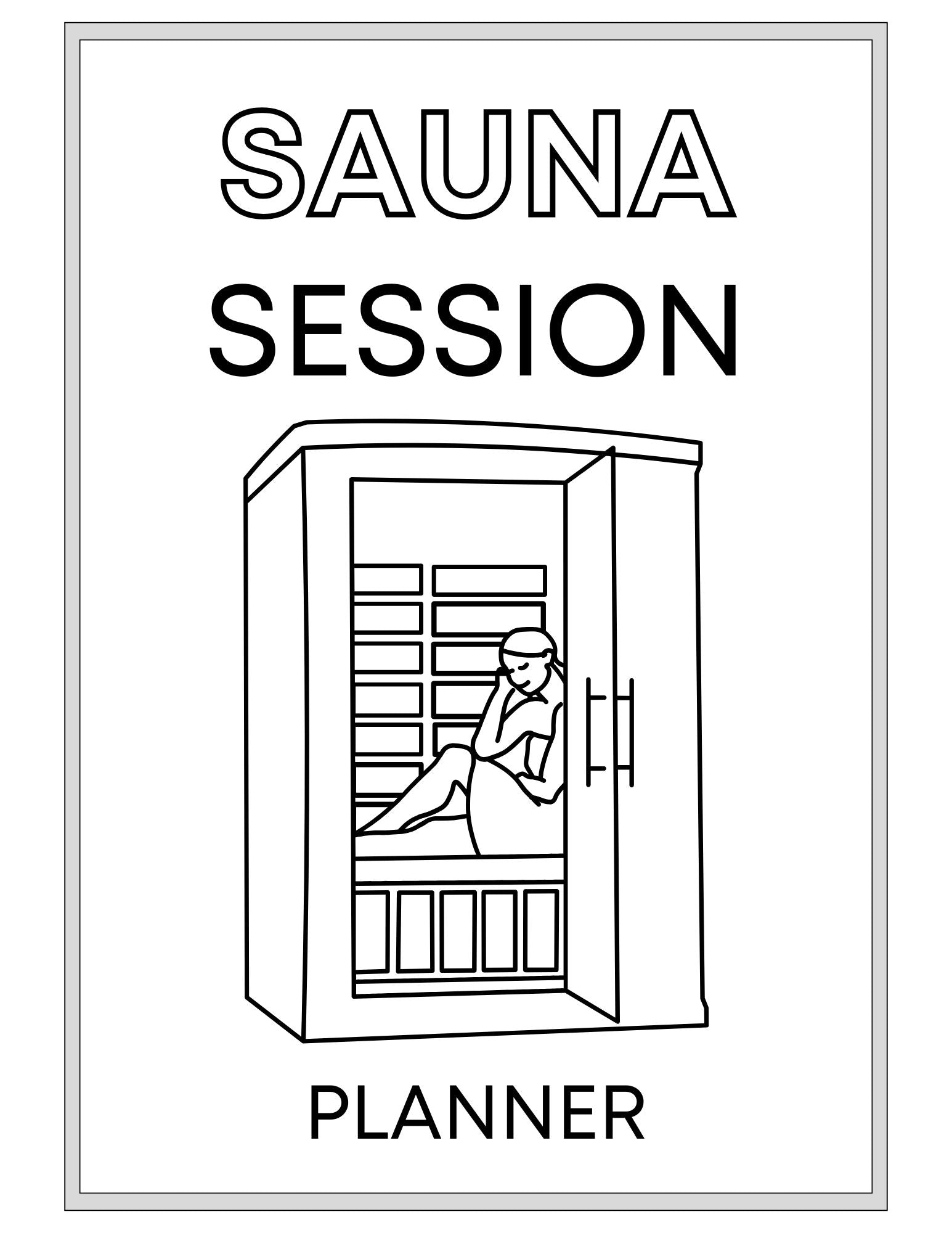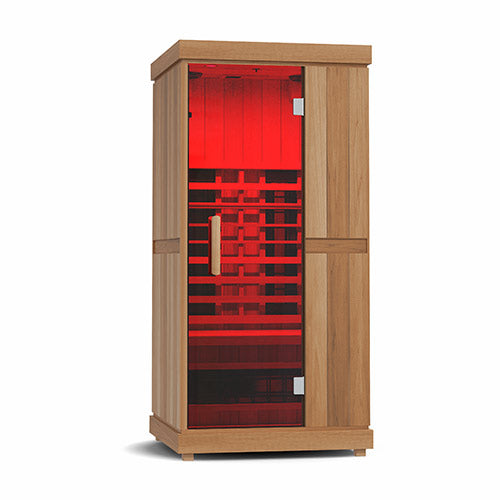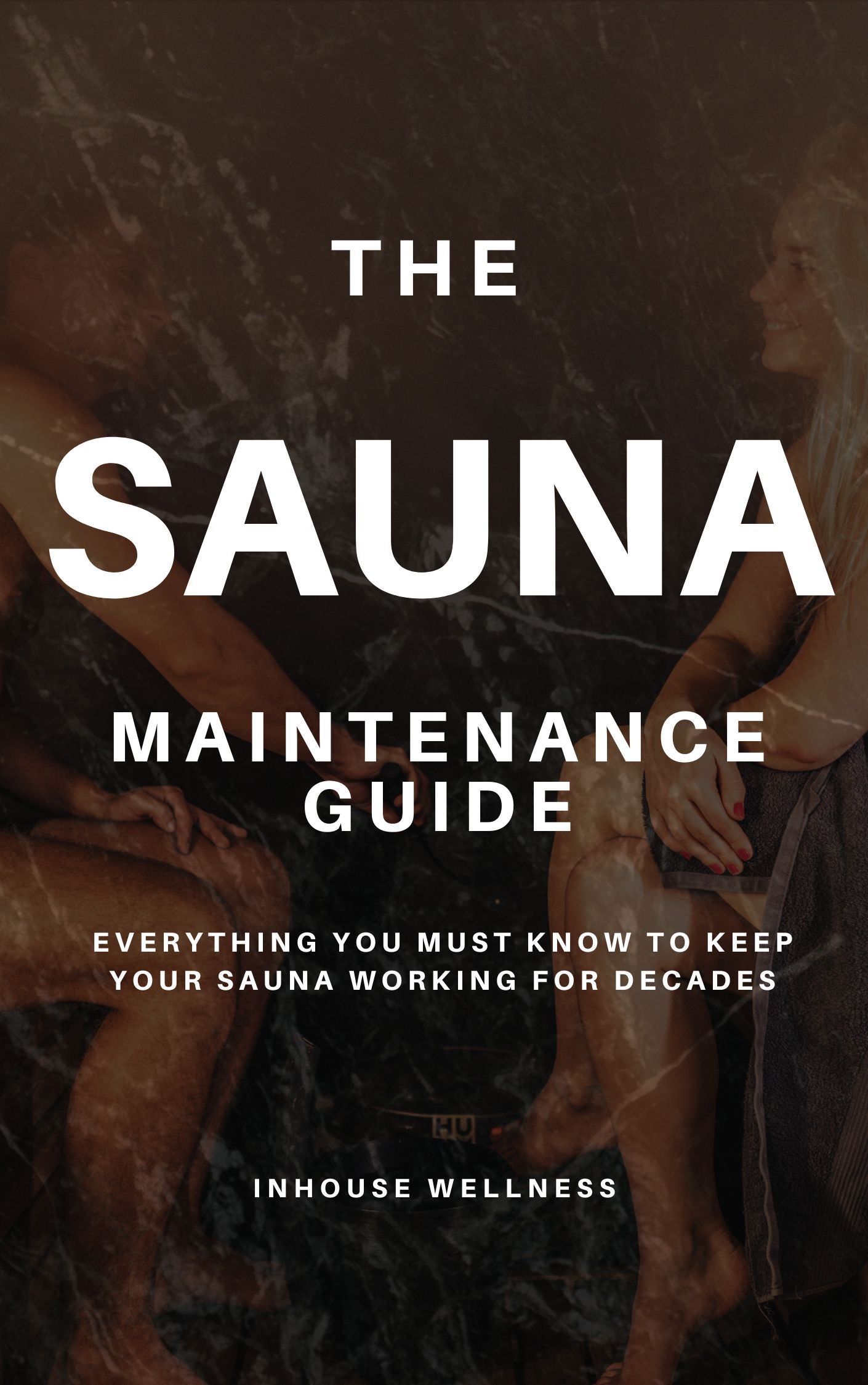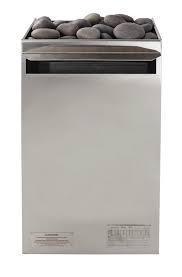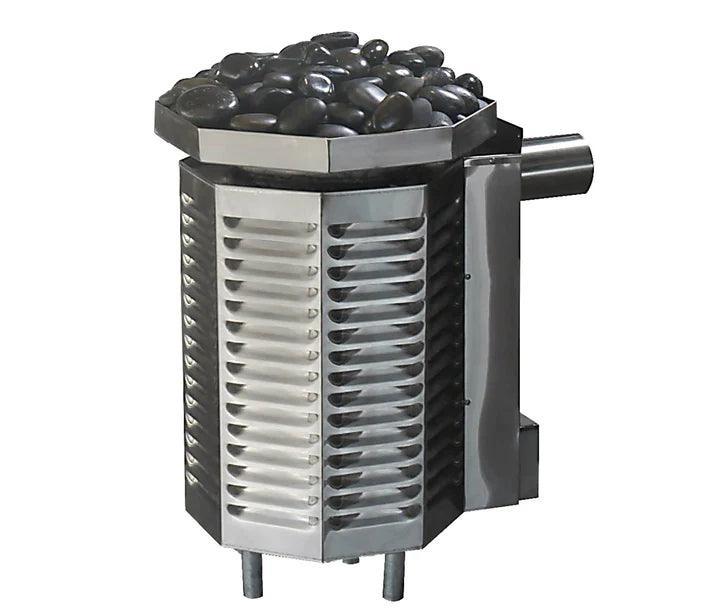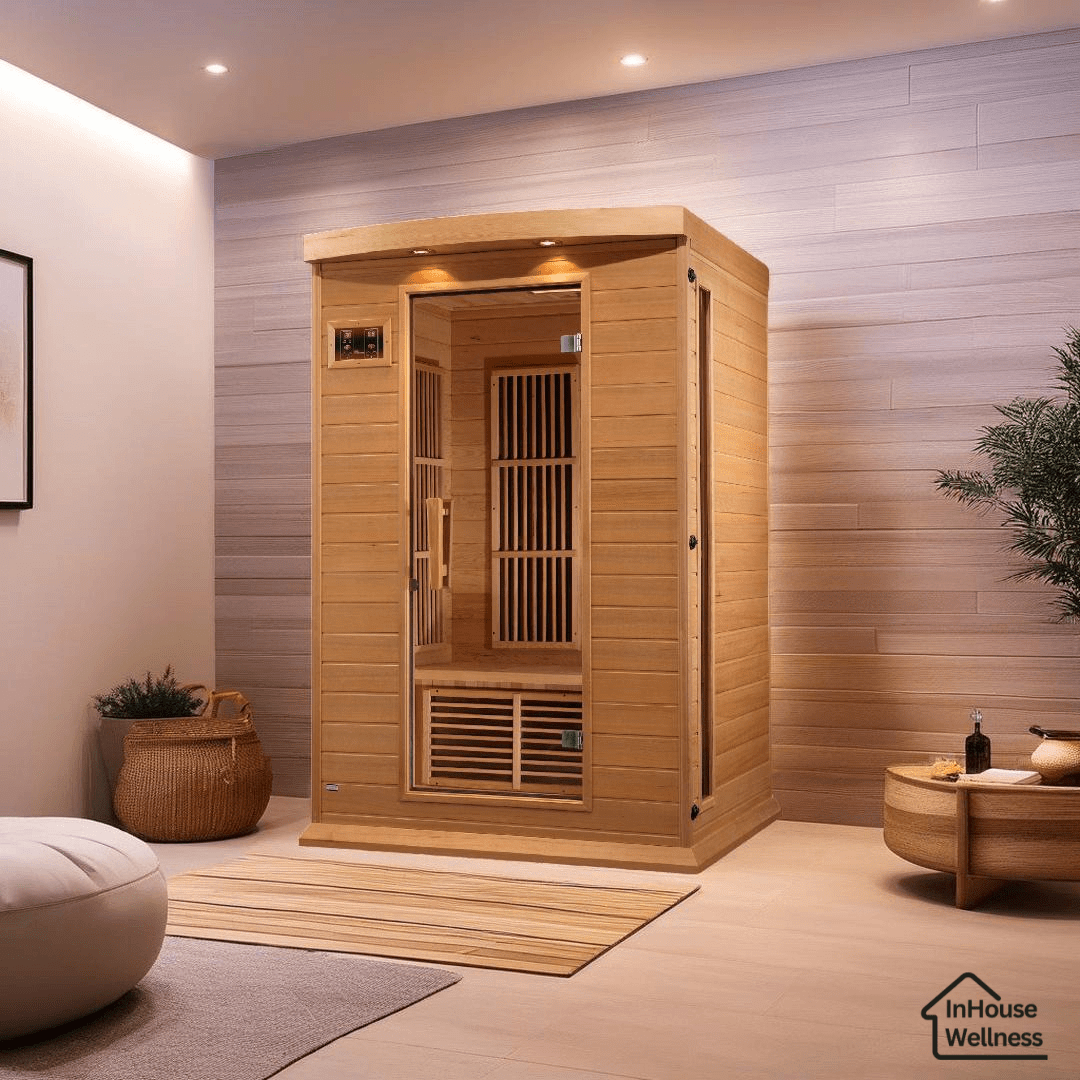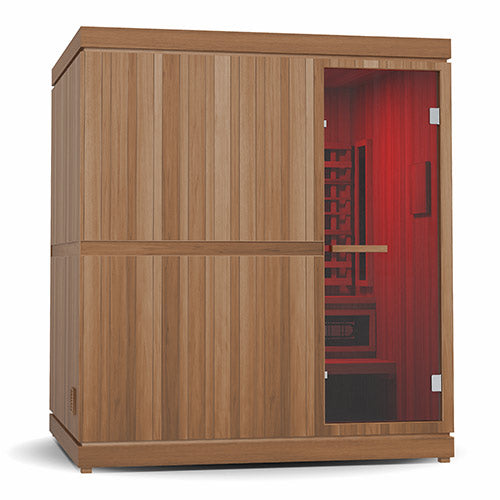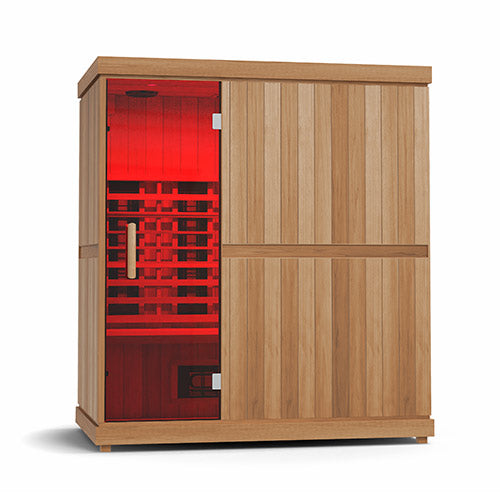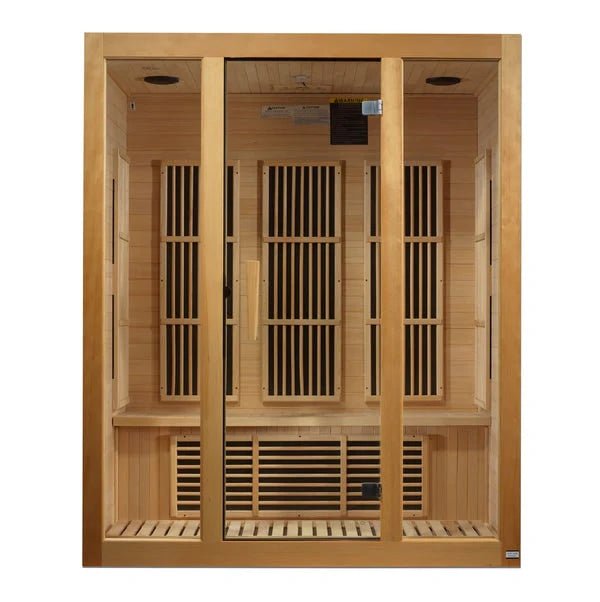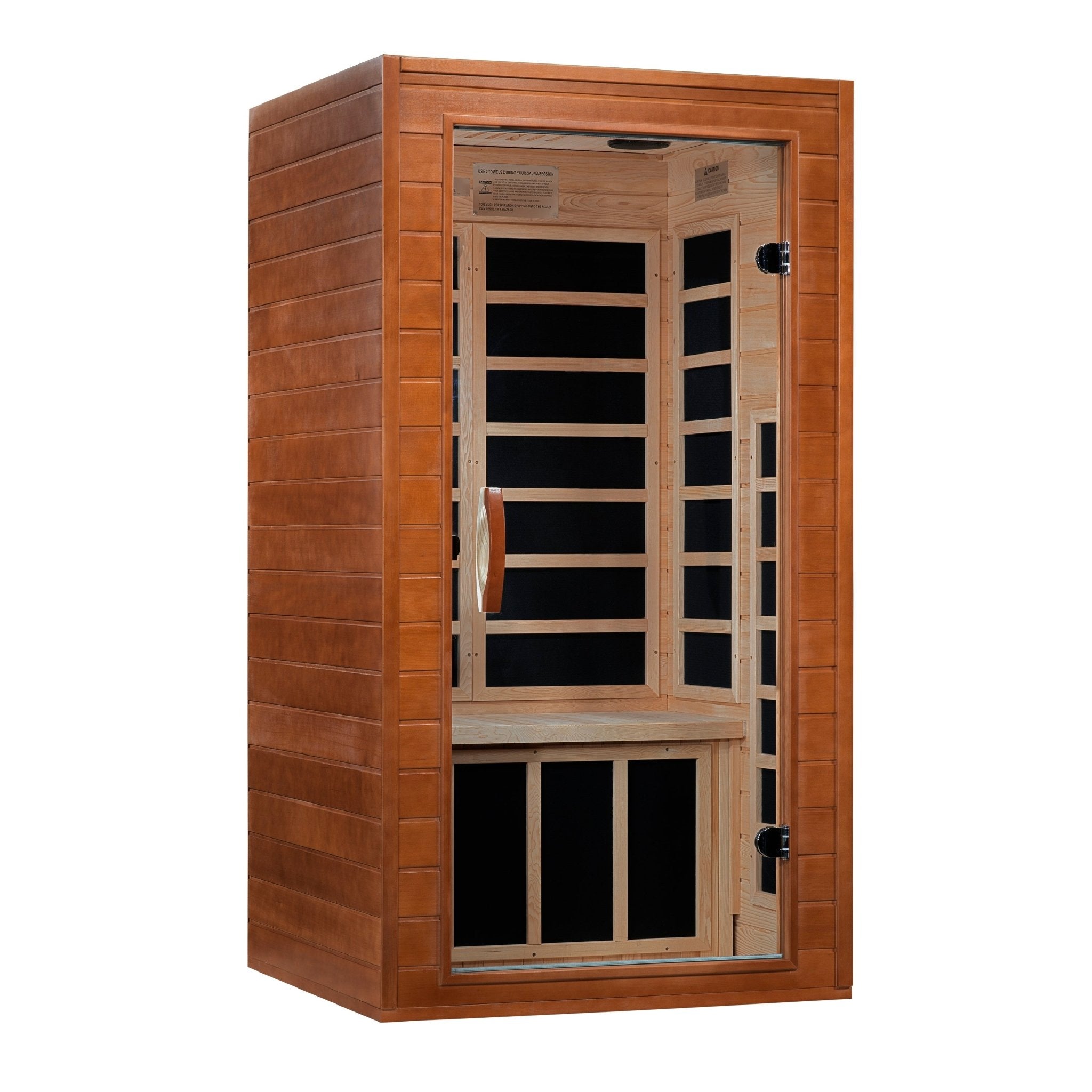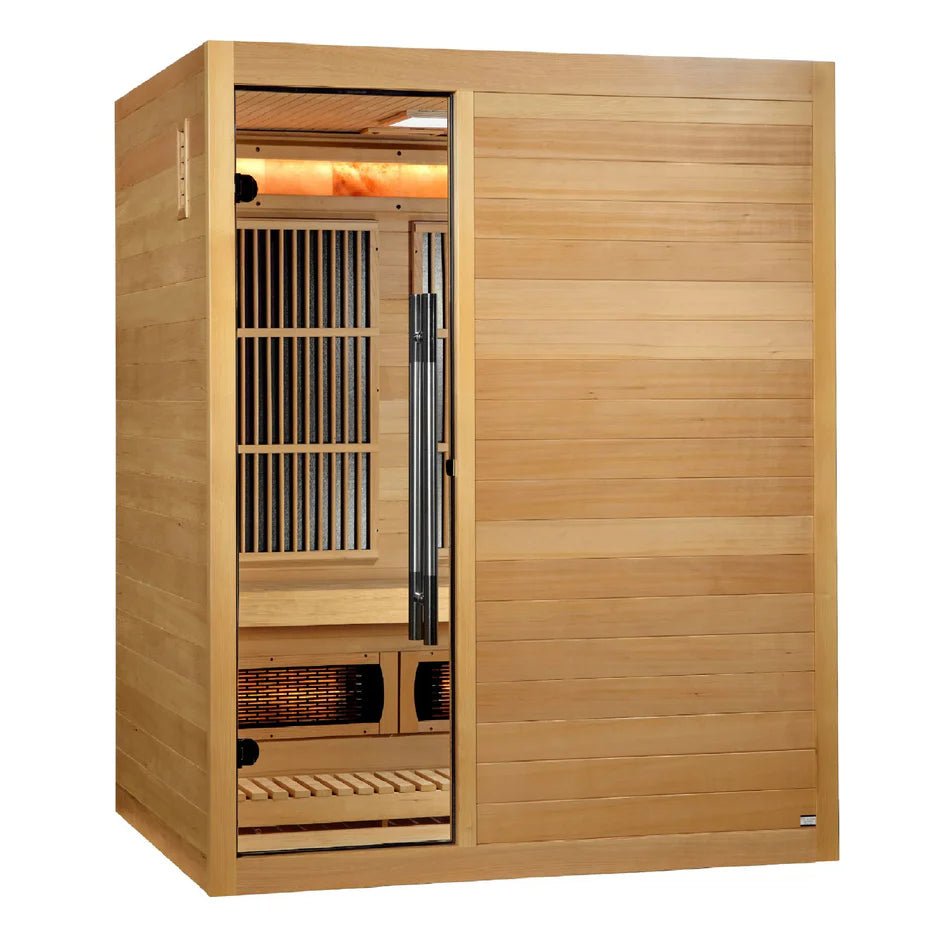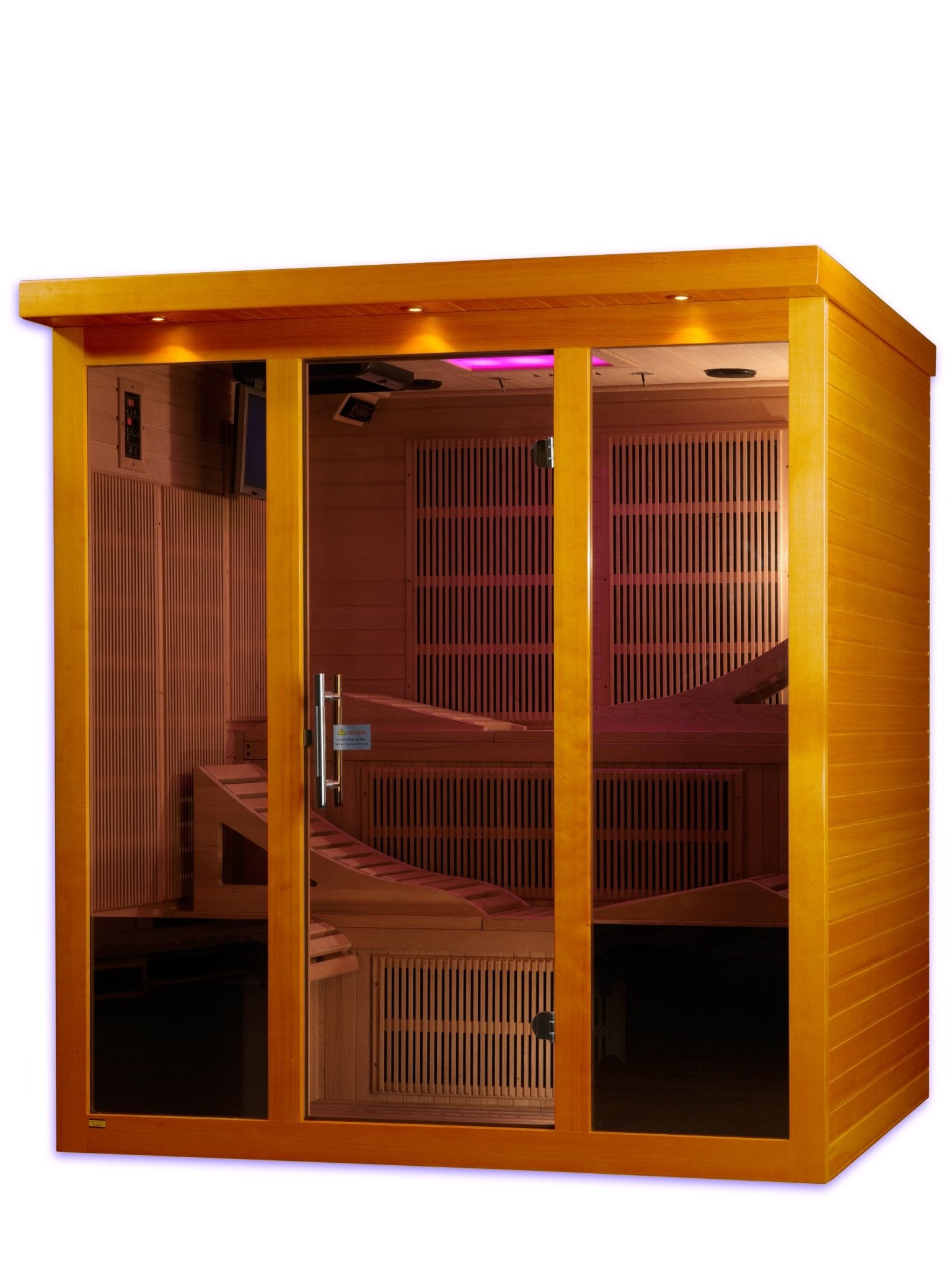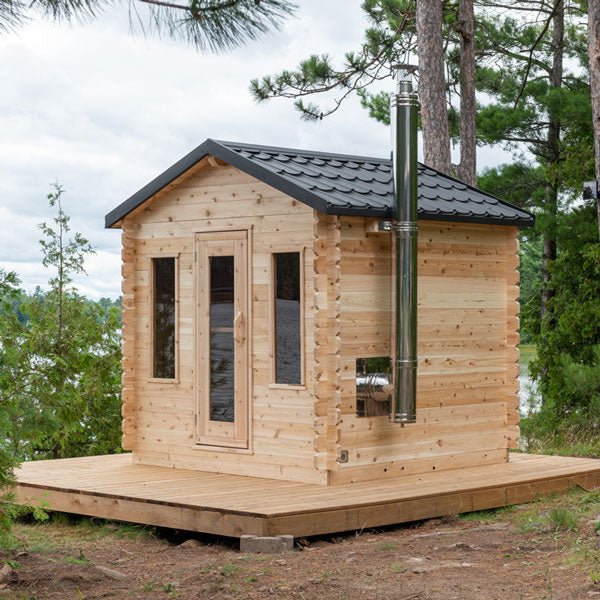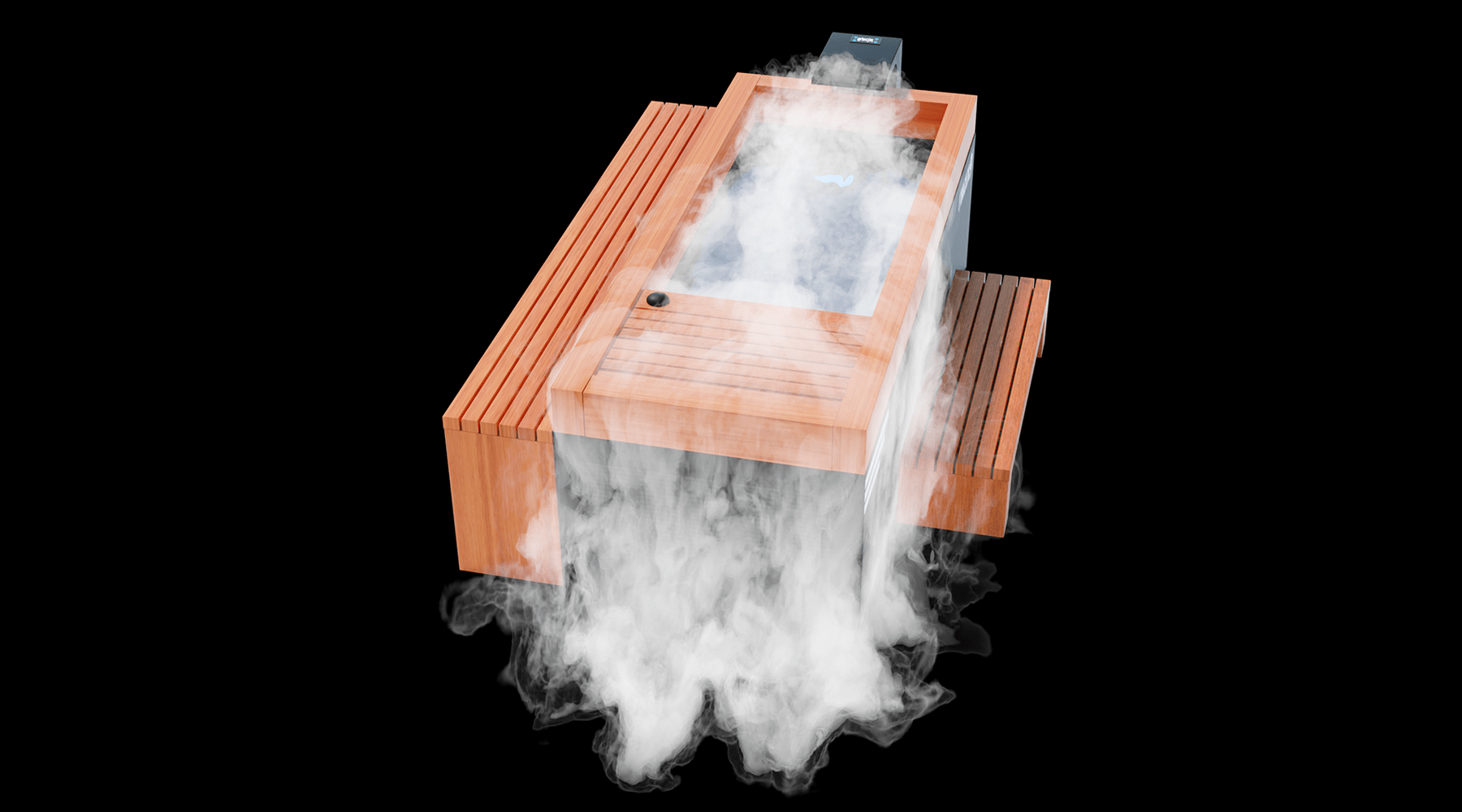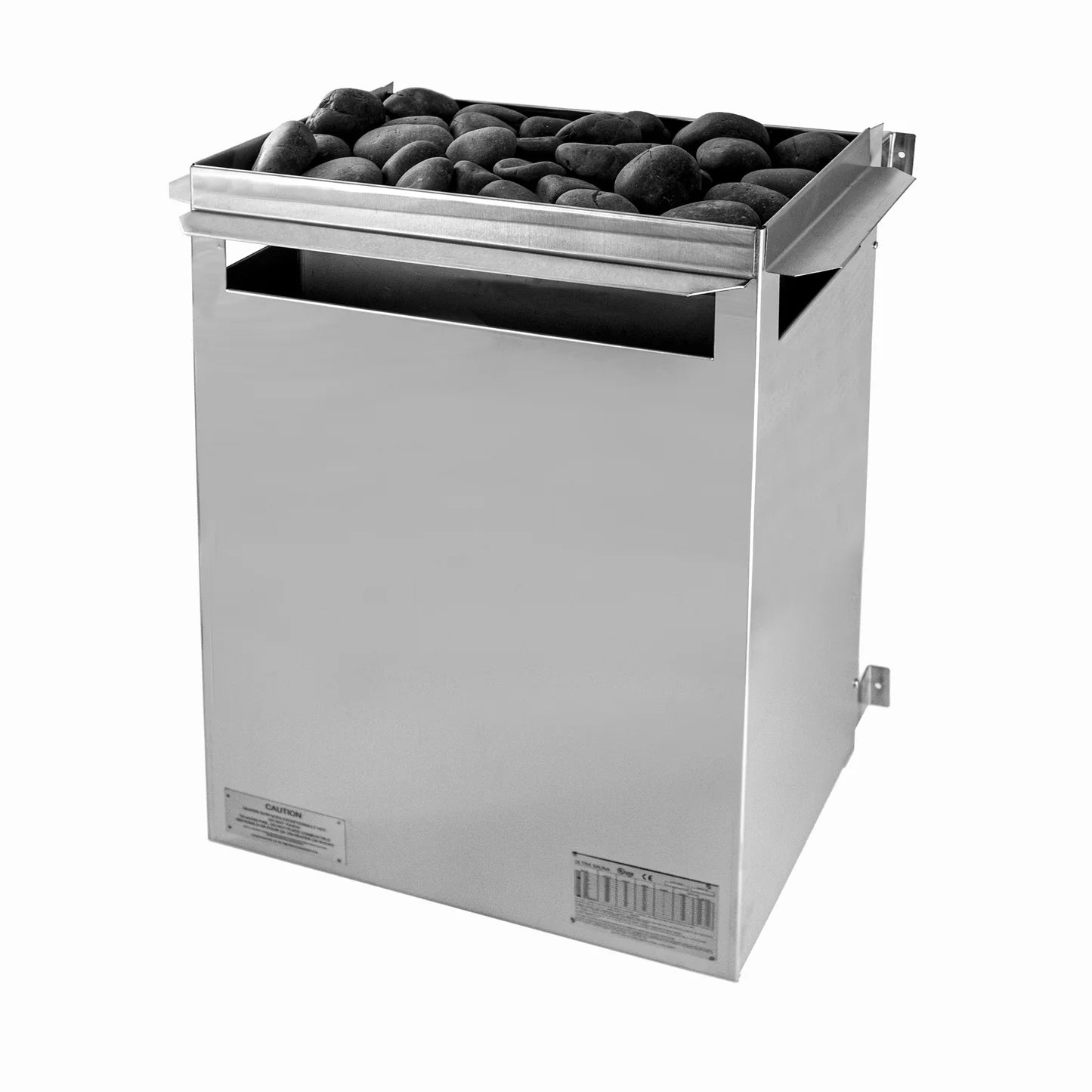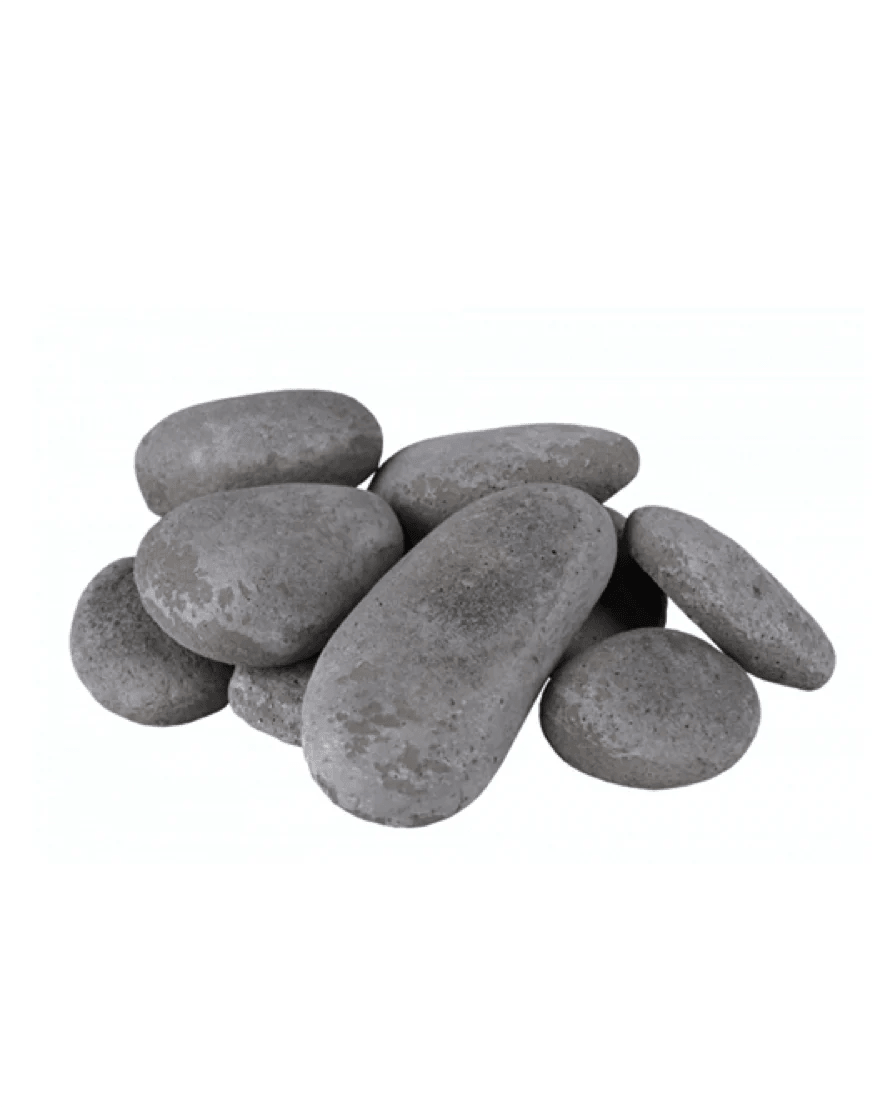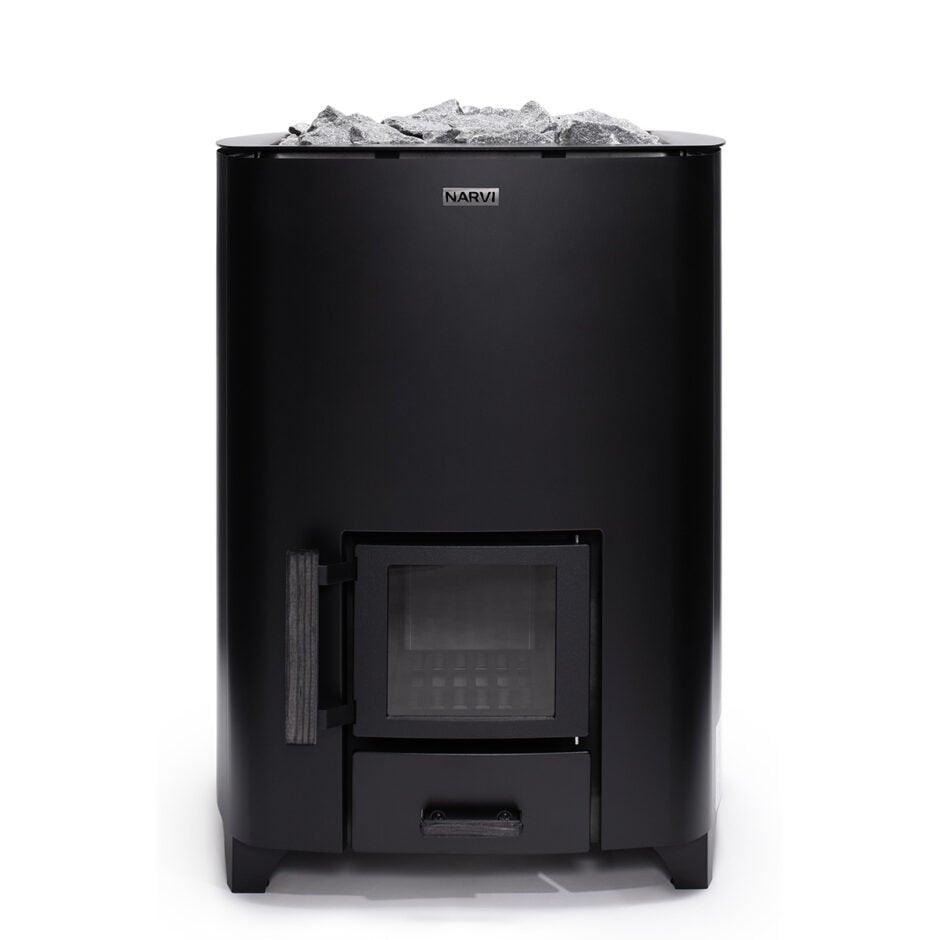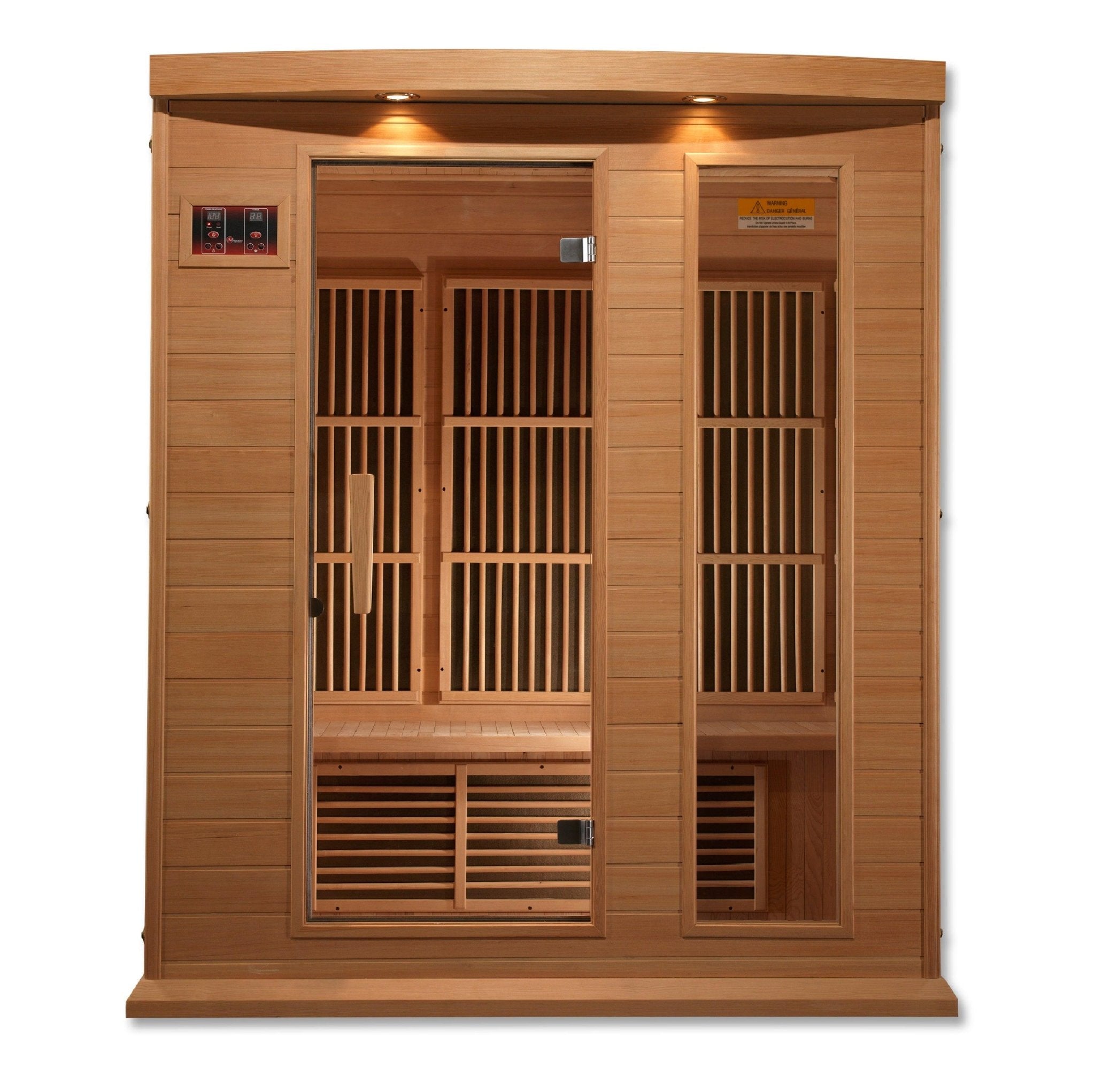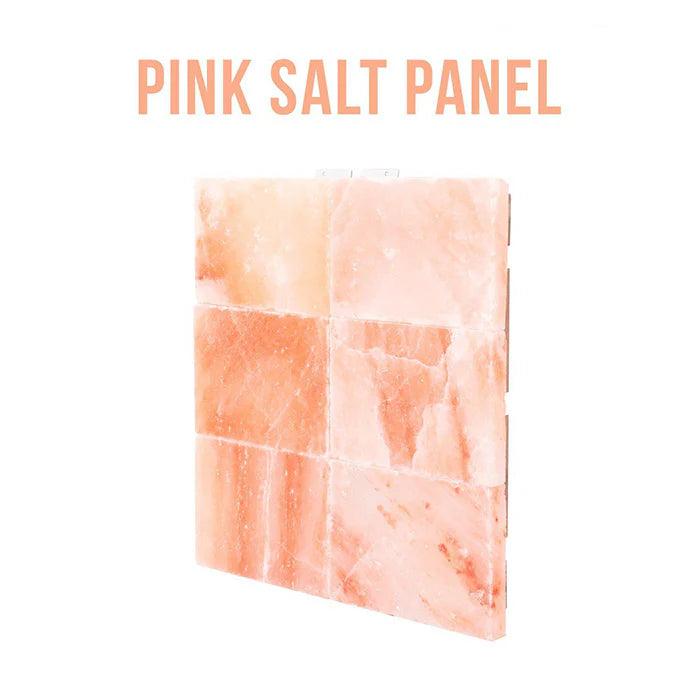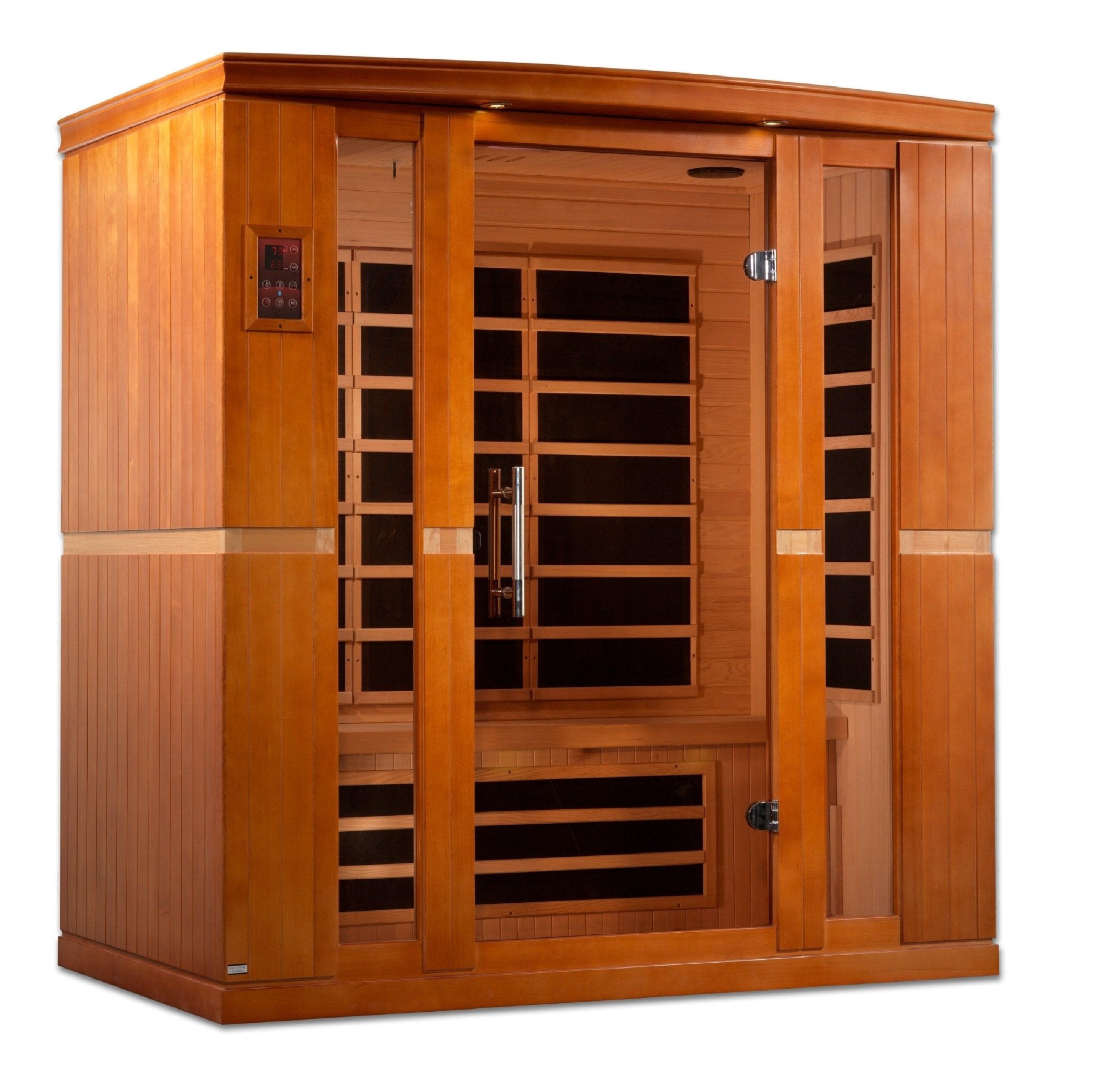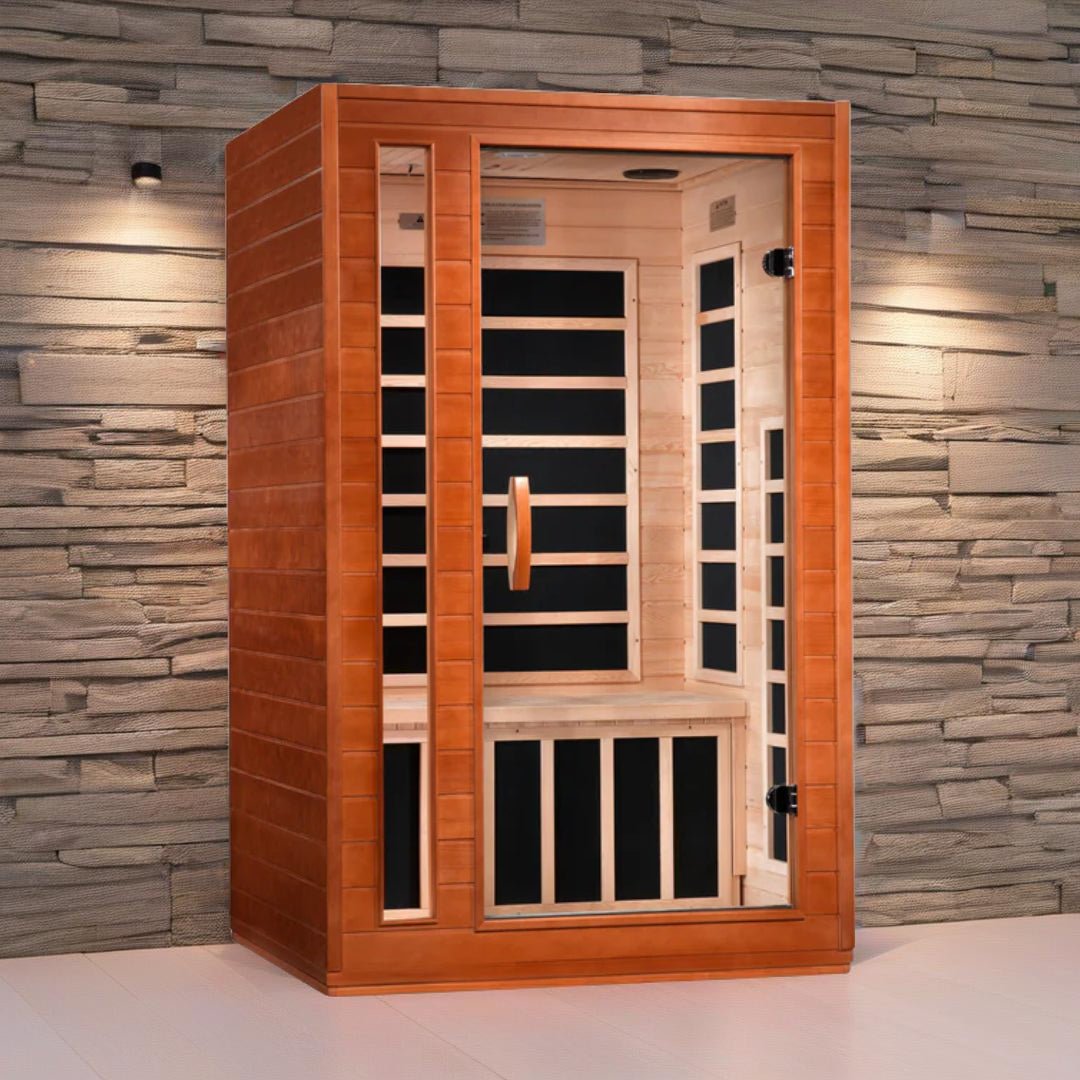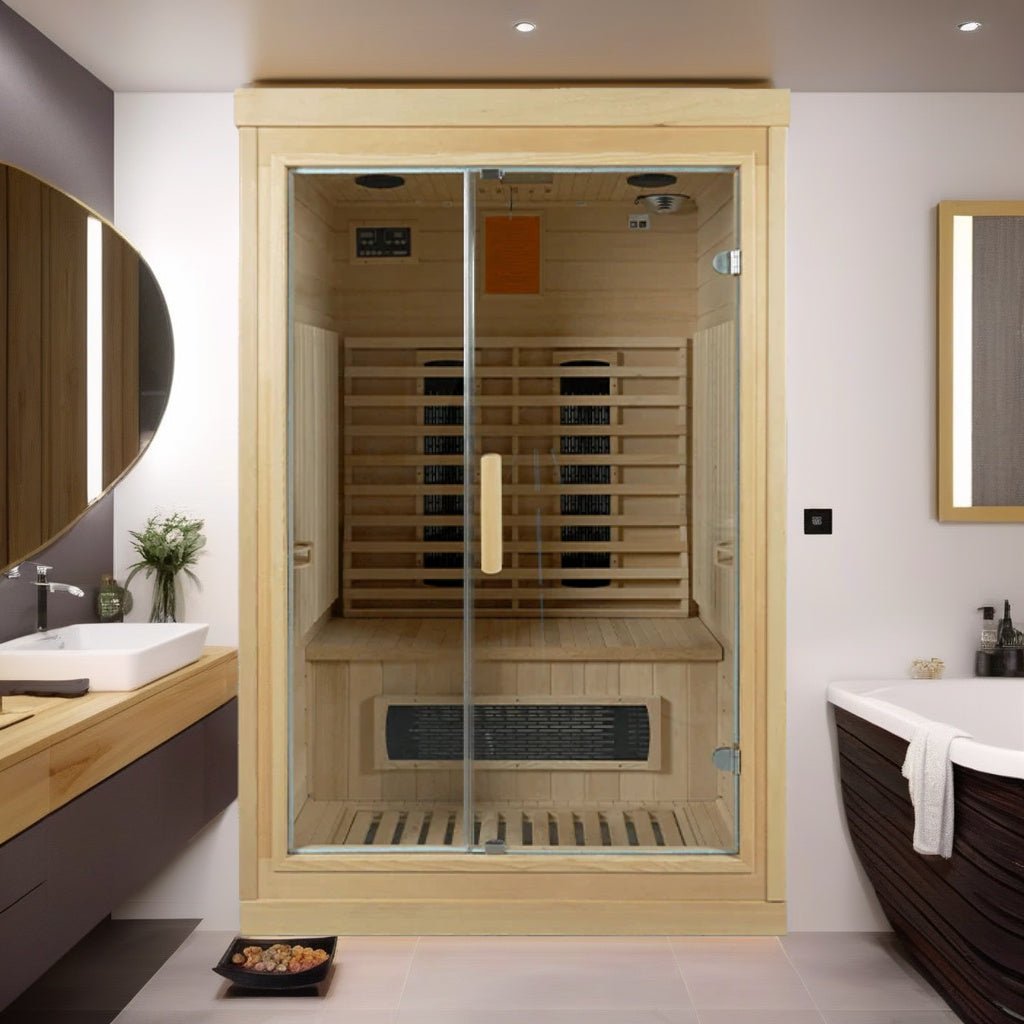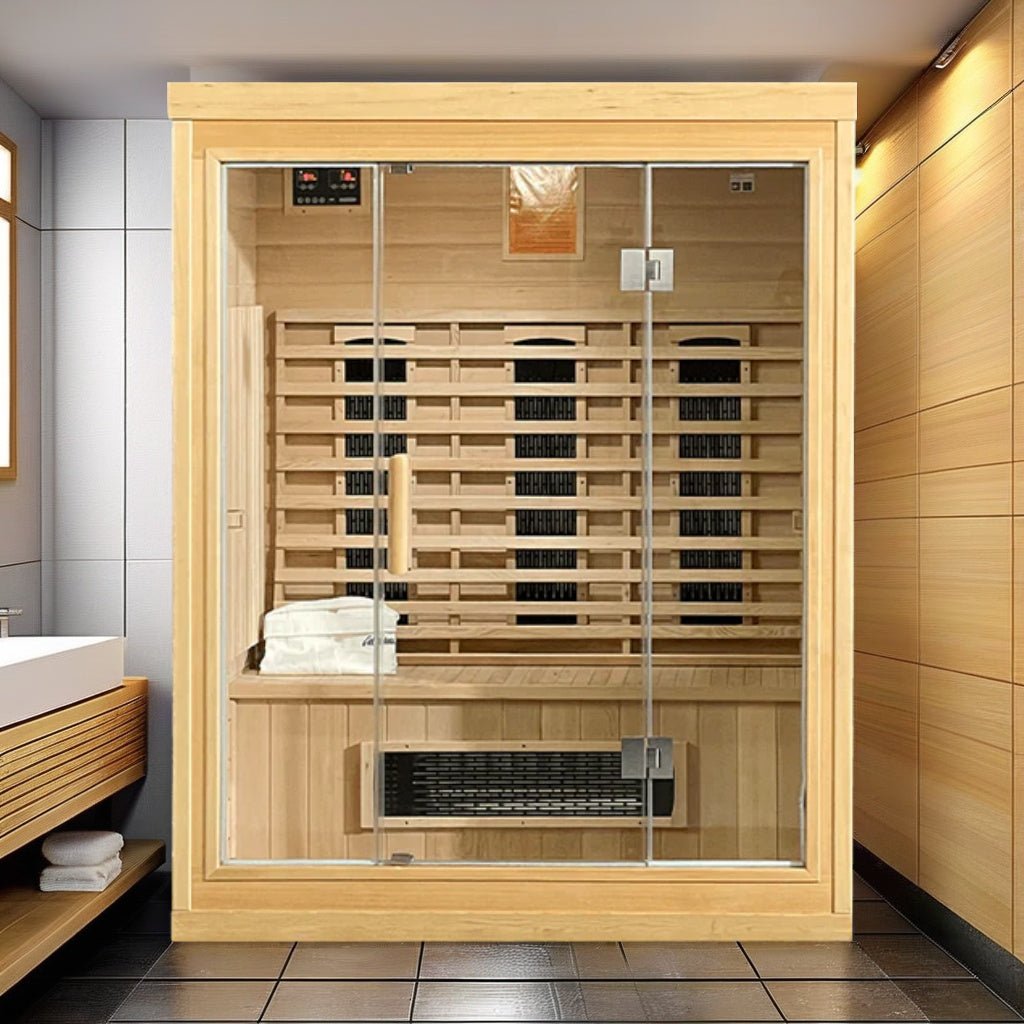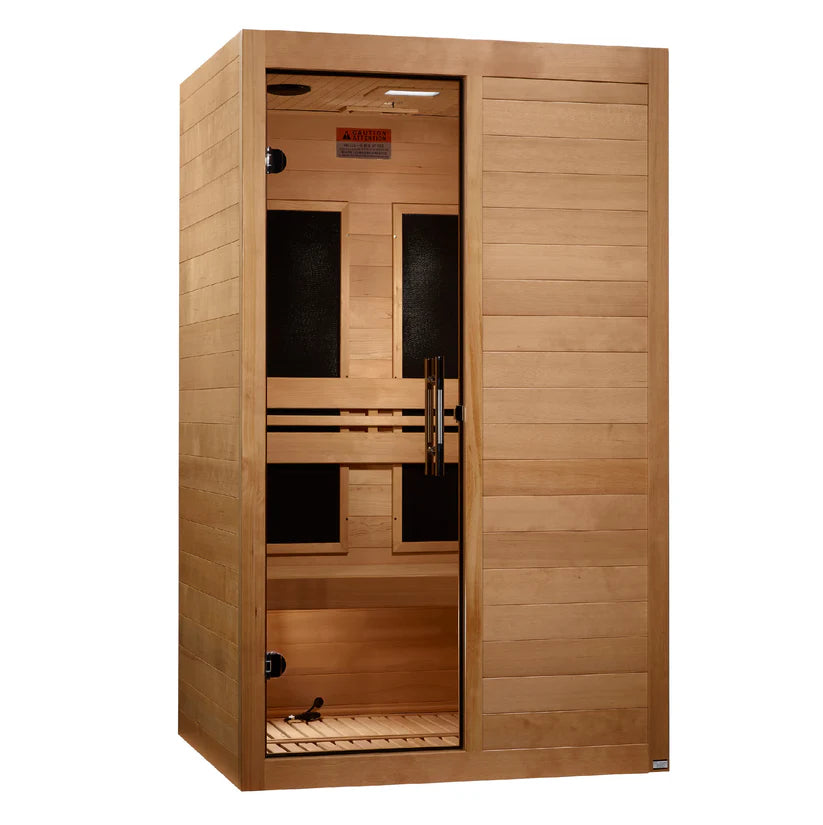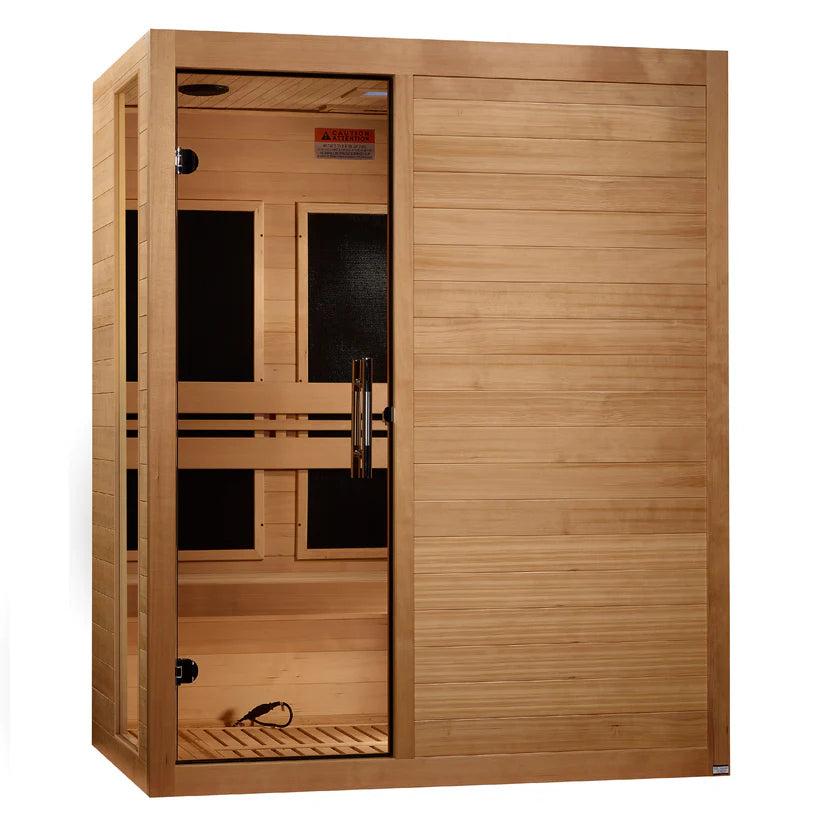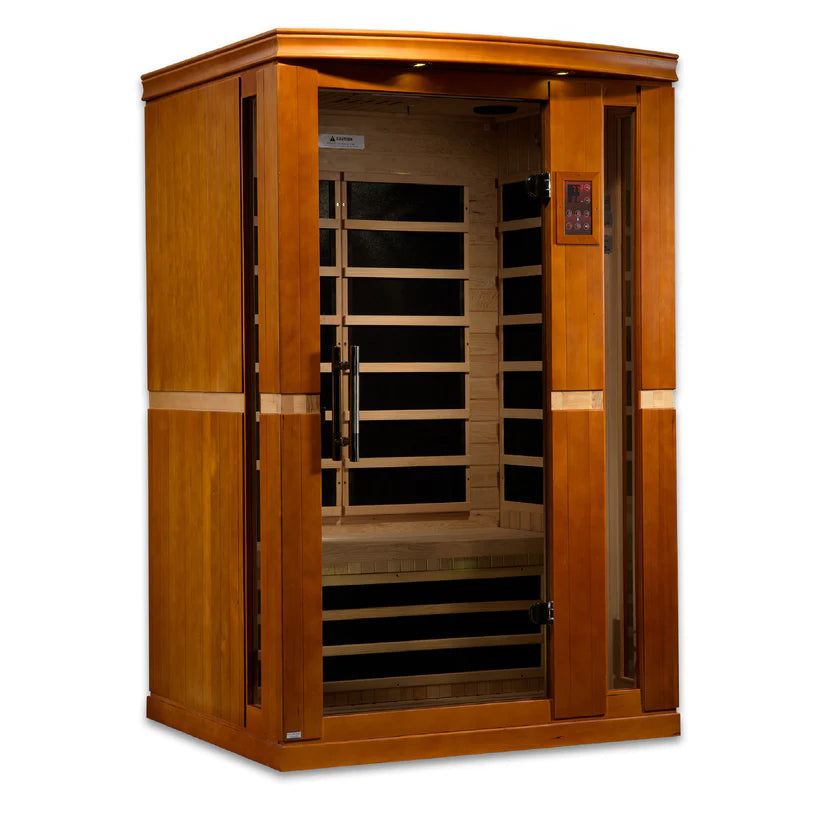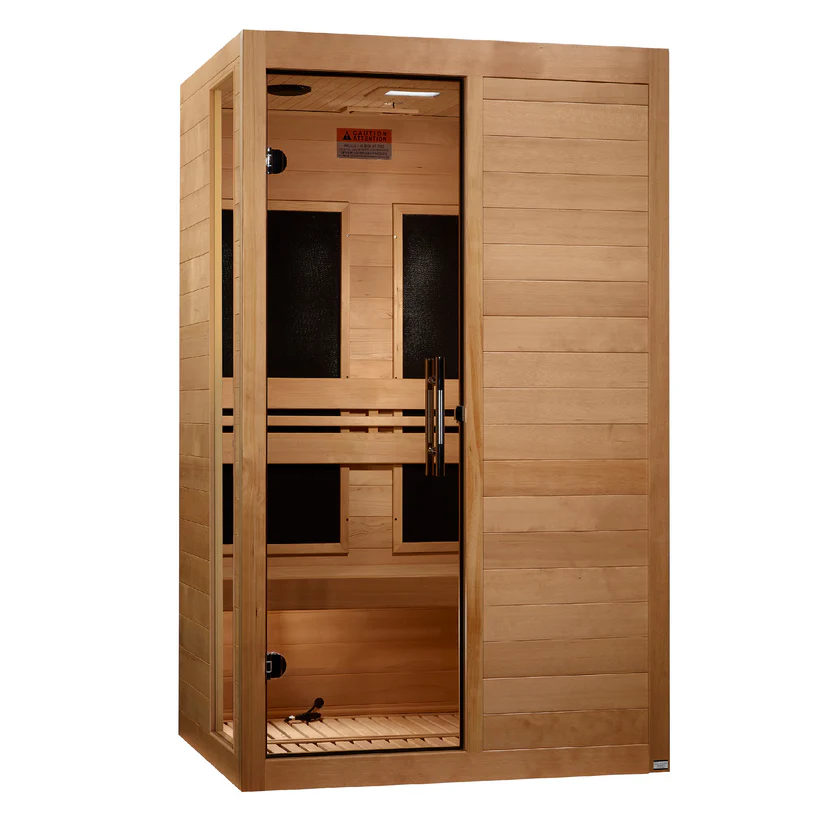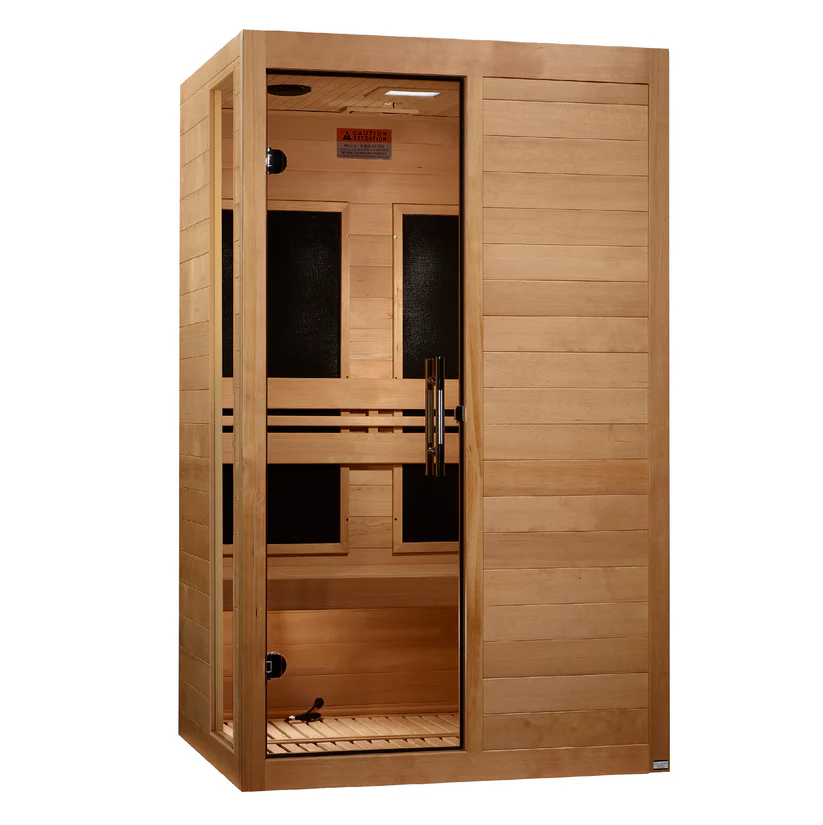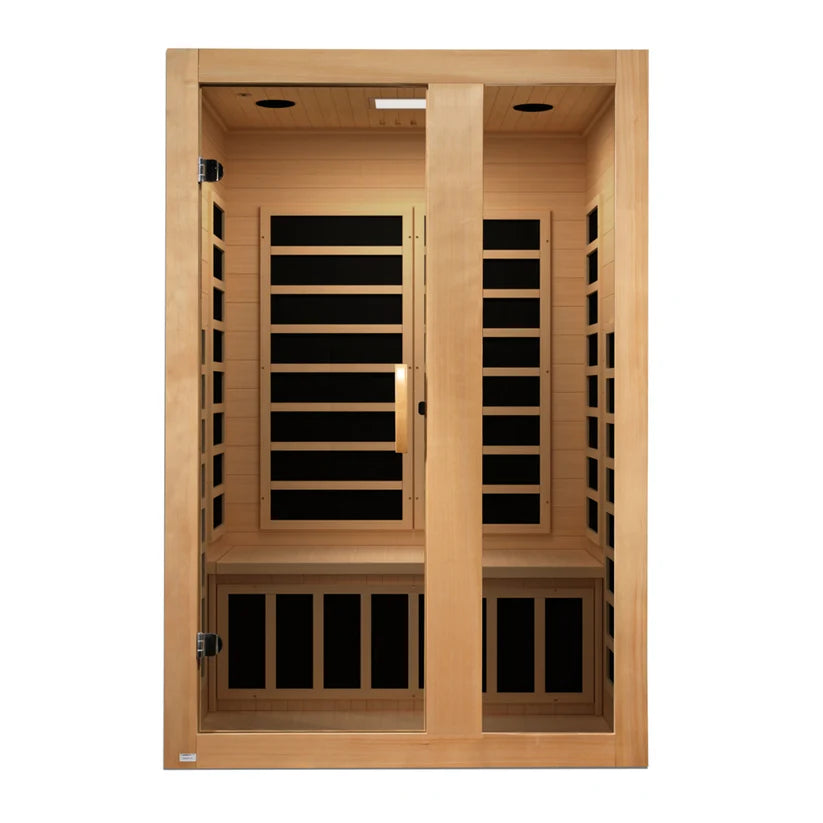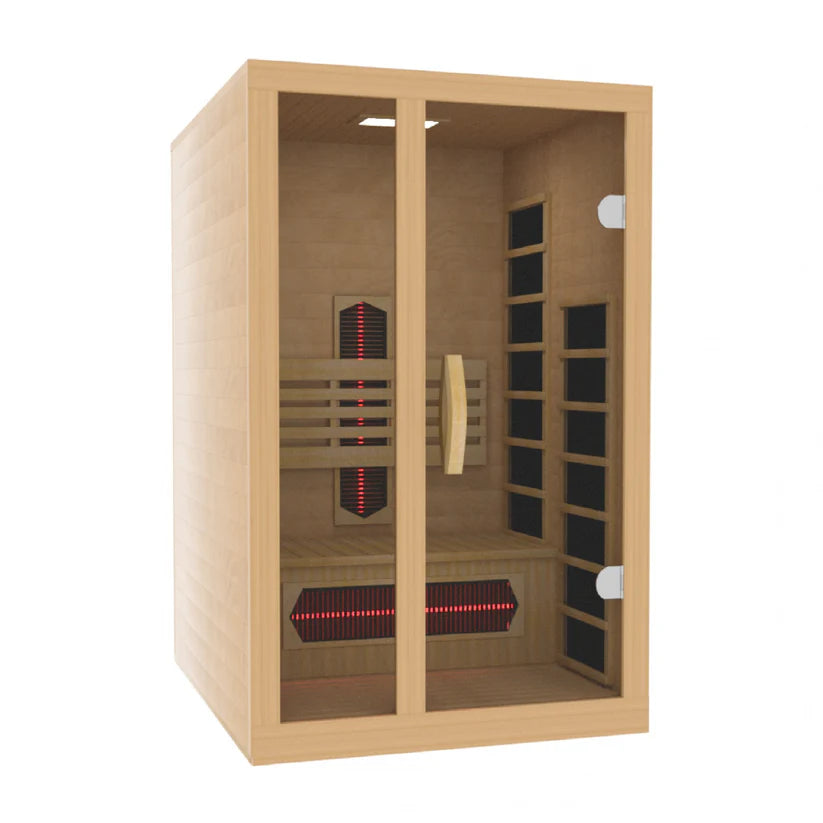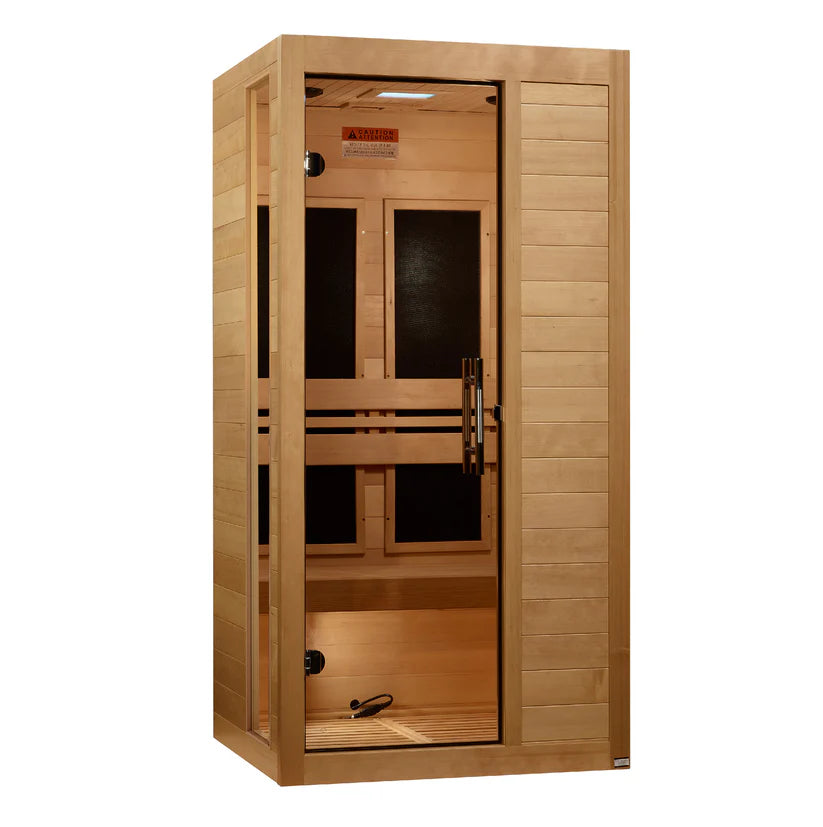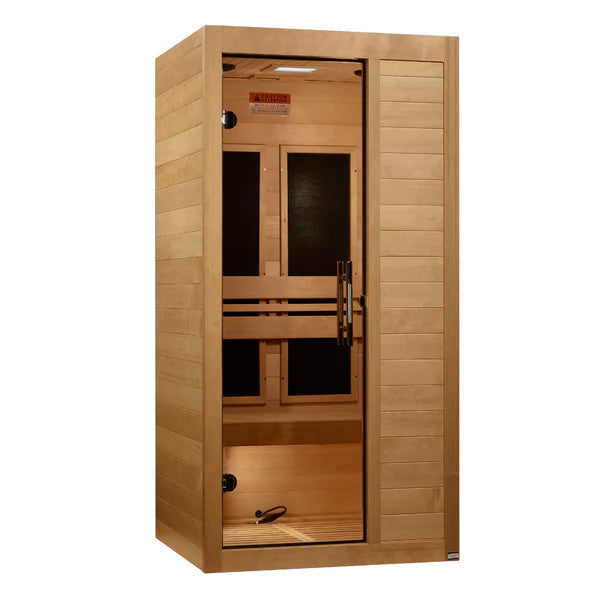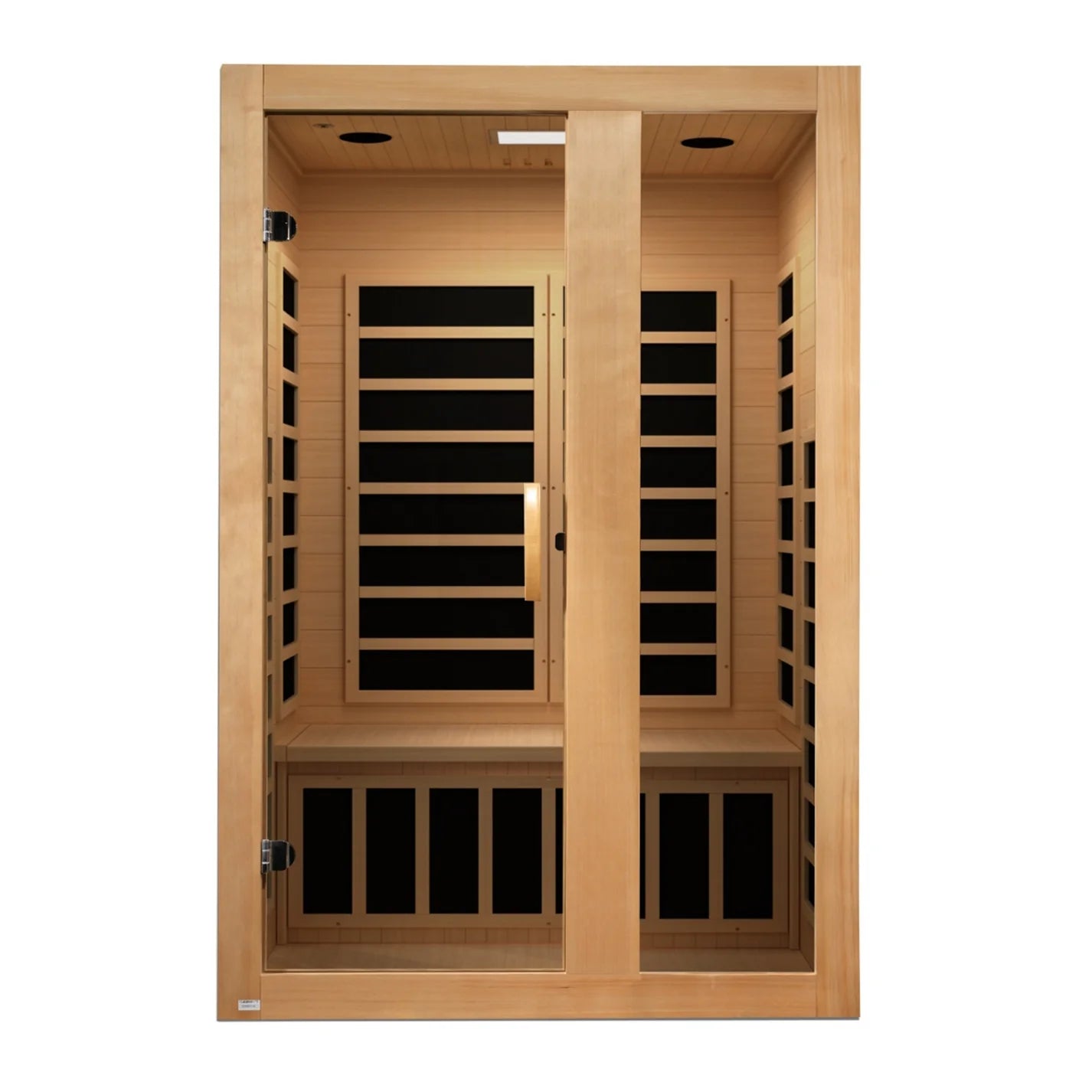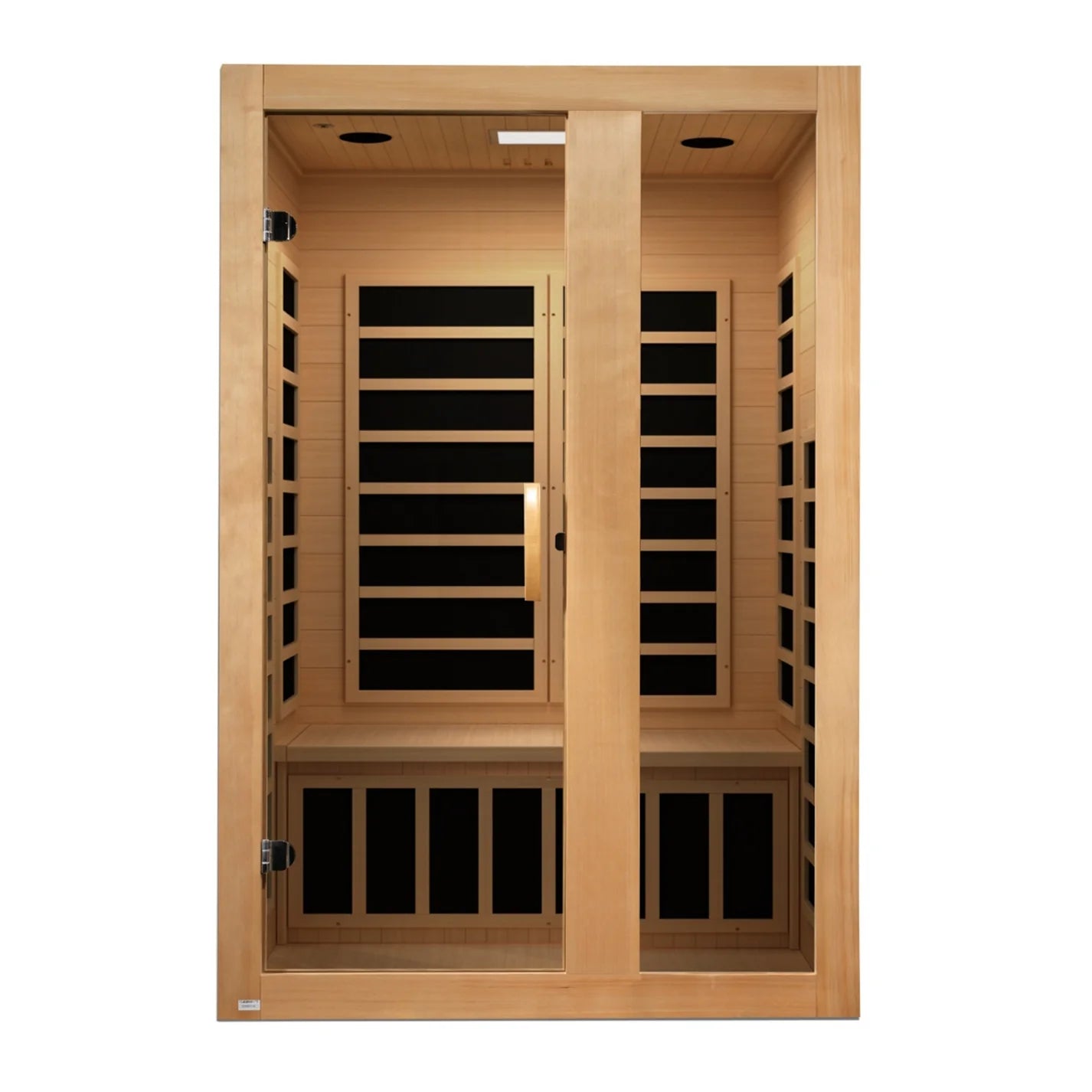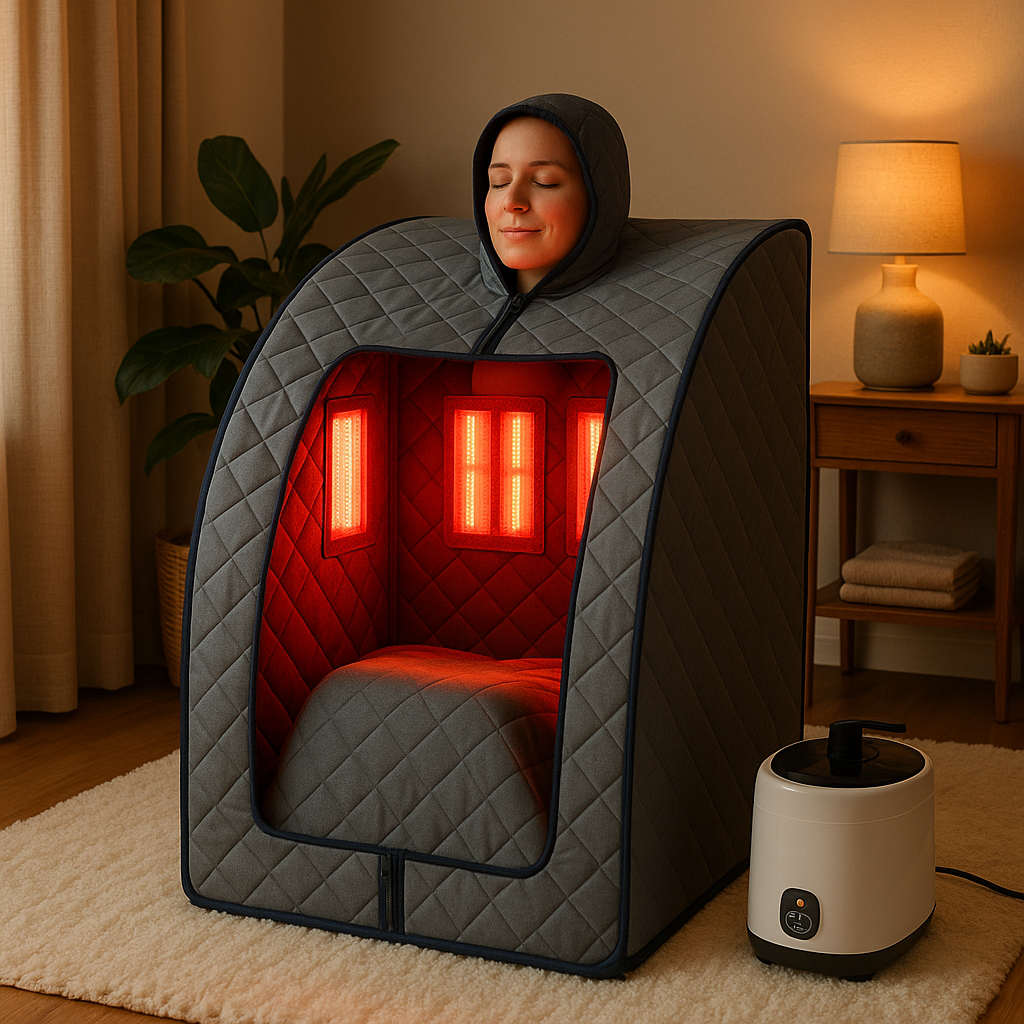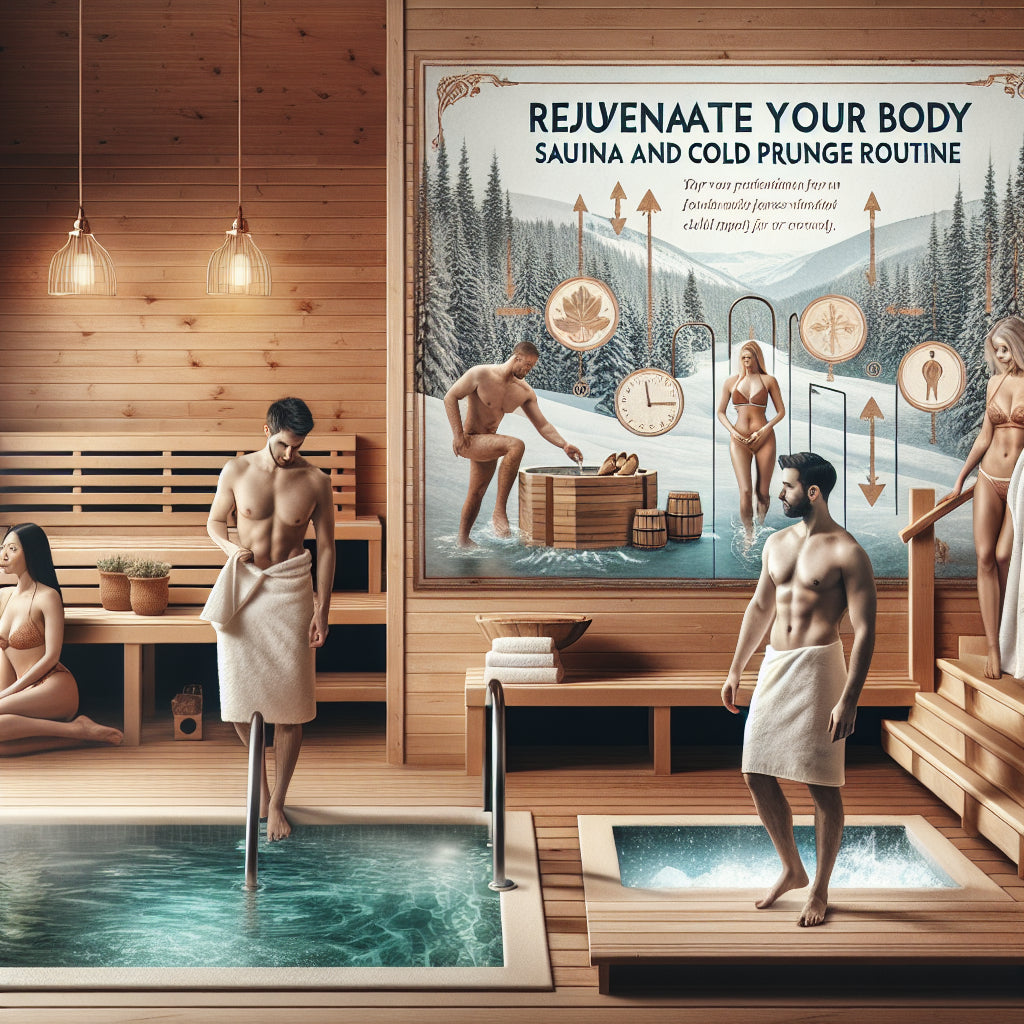
Microdosing Sunlight: A Natural Mood Booster
In an age where mental health has taken center stage, the quest for natural remedies has led many to explore the profound effects of sunlight on our mood. Microdosing sunlight may sound unfamiliar, yet it embodies a straightforward concept: the intentional exposure to small amounts of sunlight to enhance psychological well-being. This article delves deep into the science behind this practice, providing educational insights, actionable strategies, and practical tips for integrating microdosing sunlight into your daily routine.
What Is Microdosing Sunlight?
Microdosing sunlight refers to the practice of exposing oneself to small, controlled doses of sunlight to improve mood and overall mental health. Unlike sunbathing for long periods, which can lead to negative effects such as sunburn or increased risk of skin cancer, microdosing involves short bursts of sun exposure. Research indicates that even brief interactions with sunlight can stimulate the production of serotonin, a neurotransmitter that contributes to feelings of well-being and happiness.
How Does Sunlight Influence Mood?
Sunlight has a significant impact on mood regulation through several biological mechanisms. Here are the primary factors at play:
- Serotonin Production: Exposure to sunlight increases serotonin levels in the brain. A study published in the Journal of Psychiatry and Neuroscience showed that bright light exposure significantly boosts serotonin synthesis, enhancing mood and overall emotional state.
- Circadian Rhythms: Natural light helps regulate our sleep-wake cycles, known as circadian rhythms. Disruption of these rhythms can lead to mood disorders such as depression. A well-regulated circadian rhythm, supported by appropriate sunlight exposure, can lead to improved mental health.
- Vitamin D Levels: Sunlight is a natural source of Vitamin D, which is linked to mood regulation. A deficiency in Vitamin D has been associated with depression and anxiety. Regular microdosing of sunlight can help maintain adequate Vitamin D levels, contributing to better mood stability.
How Can You Microdose Sunlight Effectively?
Microdosing sunlight is not merely about stepping outside; it involves a mindful approach to sun exposure. Here are practical steps to effectively microdose sunlight:
1. Timing and Duration
Optimal sunlight exposure occurs during the early morning or late afternoon when the sun is less intense. Aim for 10 to 20 minutes of sunlight exposure during these times, ideally without sunscreen, to maximize Vitamin D synthesis.
2. Choose the Right Location
Find a space that allows you to bask in sunlight without obstructions. Parks, gardens, or even your backyard can provide a tranquil setting for your microdosing sessions.
3. Combine with Mindfulness
While outdoors, engage in mindfulness practices such as deep breathing or meditation. This combination can enhance the mood-boosting effects of sunlight by promoting relaxation and reducing stress.
4. Consistency is Key
Integrate this practice into your daily routine. Consistency amplifies the benefits; aim for daily sunlight exposure whenever possible.
Can You Overdo It? Understanding Risks and Precautions
While microdosing sunlight is generally safe, it’s essential to be aware of potential risks:
- Skin Damage: Prolonged exposure without protection can lead to skin damage. It’s wise to limit direct exposure to prevent overexposure.
- Heat Sensitivity: Individuals with certain conditions may have heightened sensitivity to heat. Always listen to your body and adjust your exposure accordingly.
- Time of Year: In certain seasons, especially winter, UVB rays are weaker, which may affect Vitamin D synthesis. Consider supplementation during these times if sunlight exposure is minimal.
What Are Other Benefits of Sunlight Exposure?
Beyond mood enhancement, sunlight offers additional health benefits:
- Improved Sleep Quality: Sunlight exposure during the day can enhance melatonin production, leading to better sleep at night.
- Enhanced Immune Function: Adequate Vitamin D levels, supported by sunlight, are linked to improved immune responses.
- Increased Energy Levels: Natural light can help reduce fatigue and increase energy levels throughout the day.
How Can You Incorporate Microdosing Sunlight into Your Lifestyle?
Integrating microdosing sunlight into your lifestyle can be both enjoyable and beneficial. Here are some actionable tips:
- Morning Walks: Start your day with a brief walk outside to soak up the morning sun.
- Outdoor Breaks: Take short breaks during work hours to step outside and enjoy the sun.
- Outdoor Activities: Engage in outdoor hobbies or sports that allow for natural sunlight exposure.
- Mindfulness Practices: Pair mindfulness practices with your sunlight exposure for a holistic approach to well-being.
For additional wellness practices, consider exploring infrared saunas, which can promote relaxation and detoxification.
FAQs
What is the recommended duration for microdosing sunlight?
Aim for 10 to 20 minutes of sunlight exposure daily during optimal times, such as early morning or late afternoon.
Can microdosing sunlight help with seasonal affective disorder (SAD)?
Yes, microdosing sunlight can help alleviate symptoms of SAD by boosting serotonin levels and regulating circadian rhythms.
Is it safe to microdose sunlight every day?
Yes, microdosing sunlight is generally safe, but it’s important to avoid overexposure and protect your skin as needed.
What if I live in a place with limited sunlight?
Consider using light therapy lamps as an alternative to supplement natural sunlight exposure, especially during winter months.
Can I get enough vitamin D from microdosing sunlight?
Microdosing sunlight can help maintain adequate Vitamin D levels, but individual needs vary. Consider supplementation if necessary.
Does the time of day affect sunlight benefits?
Yes, sunlight is most beneficial during early morning and late afternoon due to less intensity and optimal Vitamin D synthesis.
What are the signs I am getting too much sunlight?
Signs of overexposure include skin redness, irritation, and other sunburn-like symptoms. It’s essential to monitor your skin.
Embracing microdosing sunlight can lead to significant improvements in mood and overall well-being. By incorporating this simple yet effective practice into your daily routine, you can harness the power of nature to enhance your mental health and live a more vibrant life. Start today and experience the transformative effects of sunlight!
For more well-being resources, explore our collection on cold plunges and their benefits for recovery and wellness.
Author Bio: Jane Doe is a wellness expert with a PhD in Psychology. She specializes in natural health practices and is passionate about helping individuals enhance their mental well-being through lifestyle changes.
